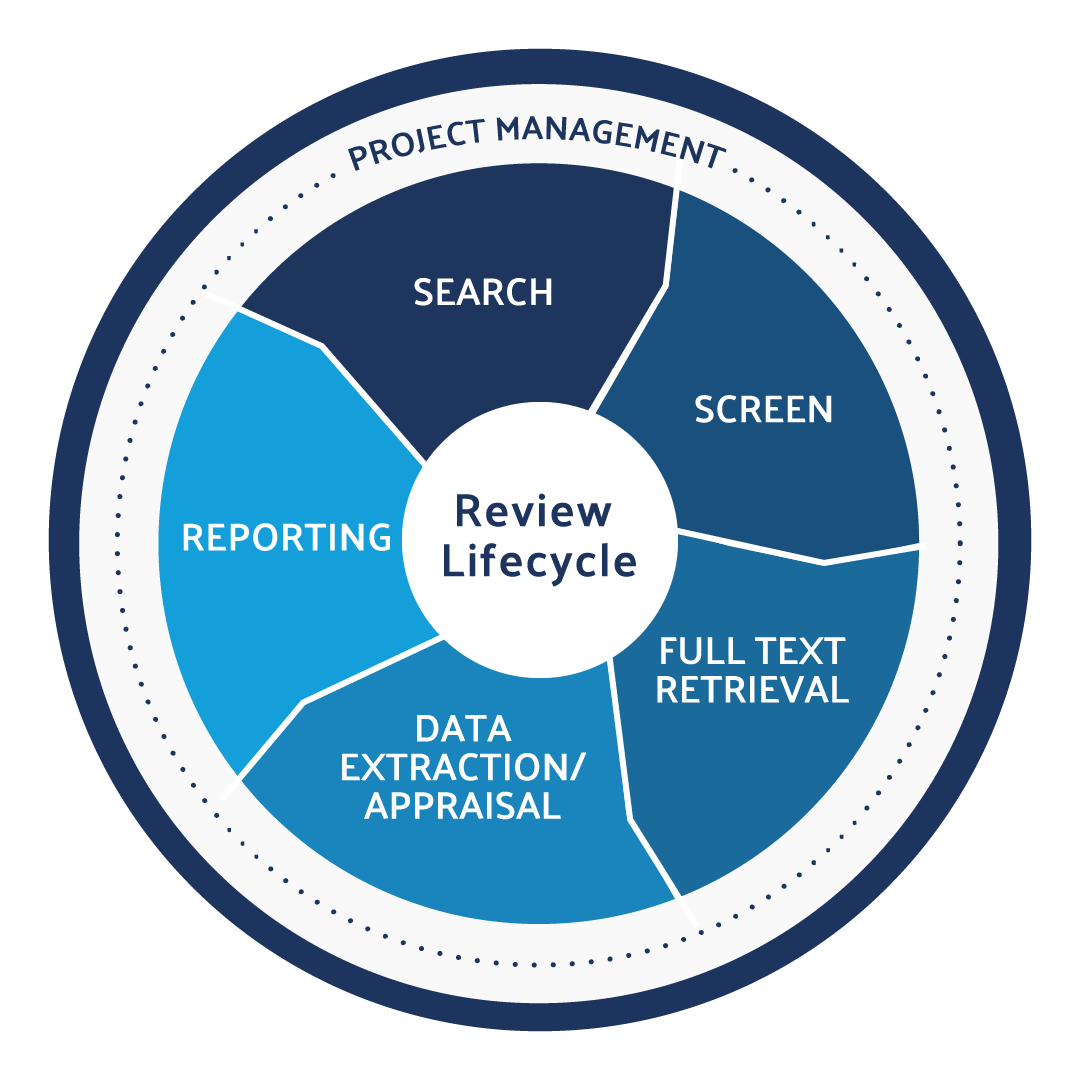About Systematic Reviews
Practical EBP Examples in Nursing


Automate every stage of your literature review to produce evidence-based research faster and more accurately.
Nursing is an essential segment of the medical field that requires you to offer holistic, quality care. The only way you can achieve this is by using the latest, evidence-based research and data.
This is why evidence-based practice (EBP) has become so popular in nursing and the health industry in general. Therefore, if you’re looking for ways to improve your nursing and clinical care services, you need to embrace EBP. But what is EBP, and why is it important?
What Is Evidence-Based Practice?
As mentioned above, EBP is the practice of expanding your knowledge using the available evidence acquired through research. As a nurse or clinical officer, you must enhance your skills and knowledge continuously to improve your clinical practice.
Therefore, we recommend carrying out systematic reviews of available literature to expand your knowledge. This involves gathering, processing, and implementing evidence-based research data. This ensures interventions based on the most robust and up-to-date evidence.
Levels of EBP
There are four main levels of EBP:
- Level 1: This level is considered to be the most effective as it involves obtaining evidence from randomized, controlled trials.
- Level 2: This technique involves acquiring evidence from trials that are quality-controlled, but without randomization.
- Level 3: You can use this approach when you can’t find useful literature about the disease, so you use evidence from an expert opinion or an agreeable viewpoint.
- Level 4: This level is also referred to as the multi-level (ML) as it acquires evidence from the other levels. It is implemented in complex cases.
PICO Model for EBP Practitioners
EBP uses available evidence to uncover the most effective ways of taking care of your patients. One of the common ways that EBP practitioners do this is by using the Population, Intervention, Comparison, and Outcome (PICO) model.
This is a mnemonic model used by systematic literature reviewers as their guiding framework. When you’re reviewing the available evidence-based literature, you need to formulate a relevant PICO question that will guide you towards the most useful data for your clinical activities.
If you’re new to EBP, start by familiarizing yourself with the whole concept of EBP and the types of PICO questions that will give you the best results. Fortunately, there are numerous online resources that can give you the best example of PICO questions to develop for your literature reviews.
Learn More About DistillerSR
(Article continues below)


Automate every stage of your literature review to produce evidence-based research faster and more accurately.
Common EBP Examples in Nursing
Here are the most common areas in nursing where you can apply EBP:
Alarm Fatigue Protocols
Alarm fatigue refers to the sensory overload resulting from too many beeps, alarms, and warnings, causing nurses and clinical professionals to become insensitive to them. Eventually, these healthcare professionals end up ignoring vital alarms, leading to fatalities and delayed responses.
So, if you manage a hospital or medical clinic, you must continuously improve your alarm response procedures using the available evidence-based literature to prevent unfortunate incidents in your facility.
Reviewing this literature helps you understand why healthcare professionals develop alarm fatigue and what you can do to prevent this. In 2020, the International Journal of Environmental Research and Public Health published a literature review that revealed that one ICU patient makes between 150 and 400 alarms per nurse’s shift.
It also showed that common healthcare machines like ventilators, dialysis machines, electrocardiograms, and blood pressure monitors generate alarms and beeps that largely contribute to alarm fatigue. With this evidence-based data, you can teach your staff the right alarm fatigue protocols so that they can effectively monitor systems and manage alarm settings.
Recognizing Hereditary Influence on the Symptoms Presented
Through systematic literature reviews, you can learn the genetic mechanisms behind the disease you’re trying to diagnose or treat. EBP enables you to find data with concrete evidence of hereditary diseases.
This evidence will also give you a better understanding of how specific genes contribute to certain diseases so that you can develop early diagnostic tests, treatments, and interventions.
An evidence-based literature review helps you develop measures that will improve your patients’ quality of life by preventing the disease from occurring or minimizing its severity. You’ll recognize red flags for hereditary diseases in your patients simply by studying their family history.
Managing Angina
A literature review published in January 2021 by the European Heart Journal revealed that the percentage of people suffering from coronary artery disease who experience daily or weekly angina is between 2% and 24%.
These patients experience angina despite their regular use of anti-anginal drugs, coronary artery bypass grafting, and other percutaneous coronary interventions. You can also do an evidence-based review of the available data on conventional pharmacological methods of treating angina.








